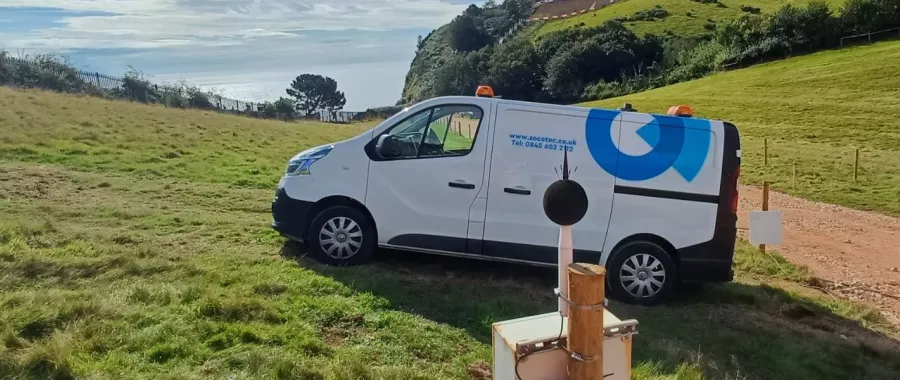The Elephant & Castle Shopping Centre first opened its doors in 1965, hosting 115 shops. As needs have evolved over the last 55 years, specialist construction and engineering firm, Keltbray, is demolishing the disused centre to pave the way for a new high-rise development, offering dining options, retail space and 979 new homes.
The redevelopment is part of a £4bn town centre regeneration scheme, featuring the high-rise development, a new tube station for the Northern Line and a new university building.
As part of this regeneration, SOCOTEC Monitoring has been awarded the structural monitoring contract for the construction phase of the works, which will run until 2025. This continues SOCOTEC’s involvement in the development, having already supported with the demolition works that have been ongoing since 2020. Within this element of the project, SOCOTEC was working alongside the client, demolition contractors (including Keltbray) and the engineering designer, WSP. This includes condition surveys and ongoing monitoring. In 2022, the construction phase (including basement excavation, superstructure construction and fit out) of the project has started.
SOCOTEC has continued to work alongside the engineering designer, WSP, and the construction contractor, Multiplex, to collaboratively design a monitoring system based on WSP’s ground movement assessments. The site is in a very congested area of London’s transport network with LUL Bakerloo and Northern Lines, TfL stations and Network Rail assets, all of which are in close proximity. In addition to this, there are multiple other above-ground assets, pavements, vent and lift shafts.
Monitoring System Requirements
The main requirements of the monitoring system are to:
- Confirm that the structural movements are in line with the predicted ground movements
- Ensure significant movement is identified early to enable sufficient mitigation measures
- Provide evidence to be used if damage occurs.
SOCOTEC was awarded the contract due to its innovative system design, which was developed alongside WSP and suppliers in order to maximise quality data and minimise installation and ongoing costs. This included both automated and manual surveys, as well as a combination of sensors and analysis to calculate convergence, which was partially necessitated by tight restriction in some of the LUL assets. SOCOTEC worked with key suppliers from Osprey Measurement, Geosense, Sick sensors and Topcon in order to design the system that will now be installed.
Overcoming Challenges
The construction phase will continue until at least 2025. During this time, SOCOTEC will continue to work alongside the various stakeholders to maintain and manage the system and the data. All data is being delivered to the stakeholders via SOCOTEC’s Calyx Online Monitoring Software™. This platform allows for alarms, reporting and analysis on the data, and SOCOTEC’s in-house engineering team will also review the data daily to better inform decisions.
The complex combination of multiple stakeholders, bespoke systems, challenging installation execution and ongoing support requirements is increasingly common in demolition and construction monitoring. With integration capability, experience and proactive innovation, SOCOTEC Monitoring offers clients a service set apart from other monitoring providers and equipment manufacturers.
“This is a challenging project to specify the right monitoring systems to mitigate the risks of both demolition and construction phases,” said John Richmond, associate director, WSP. “As with other projects, working with SOCOTEC Monitoring has helped ensure a fit-for-purpose system that is able to be delivered in line with the client’s requirements, ensuring that the right data is available.”
Dave Jones, senior project manager, SOCOTEC, added: “Like many other large central London construction projects, the logistics of installing the monitoring system is challenging. The team has great experience in building, testing and installing the equipment in the most efficient way. Our Calyx software team is then able to get the client(s) the data that they need to safely continue with the project construction.”



